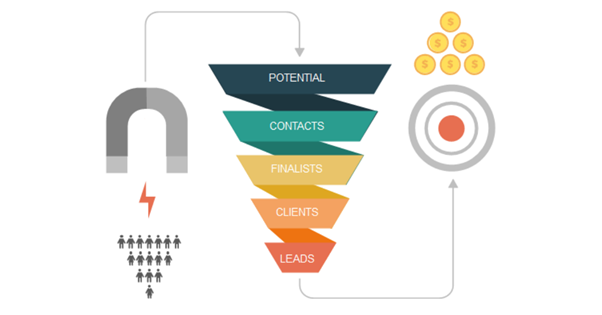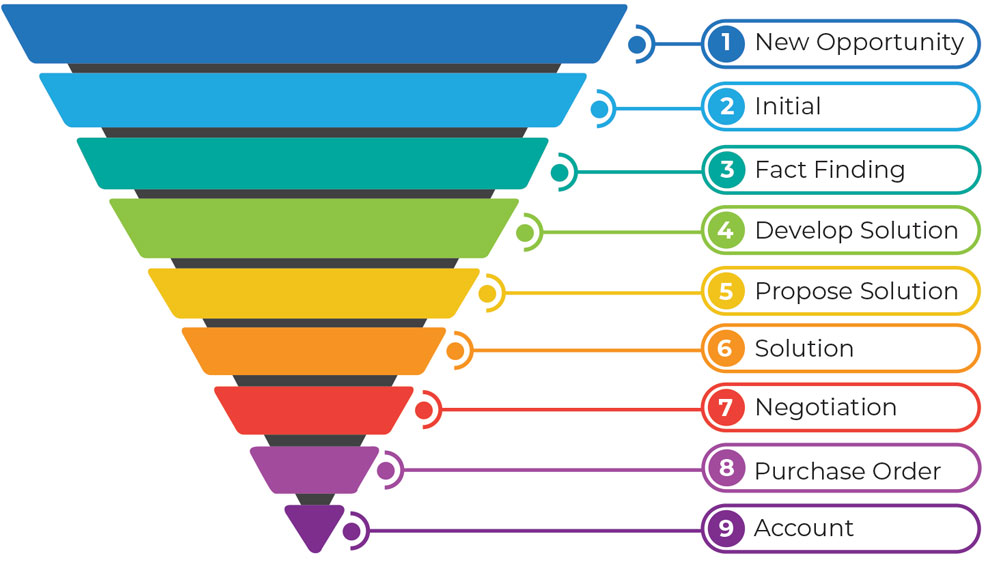
As many of you know, everything I try, or do I ensure that I do it for 90 days before giving up or changing my approach.
The reason for this is that focusing on something for 90 days is often recommended, because it aligns with the idea that it takes about 66 days on average to form a habit according to research from the European Journal of Social Psychology.
For sales or sales strategy, I recommend adding a bit more time (like up to 90 days) as it can help solidify the habit or goal further, making it more likely to stick.
Habit Formation: It provides enough time for consistent behaviour to transform into an ingrained habit.
Clear Milestones: Three months is a manageable period to track progress while still being long enough to see significant changes or results.
Improved Focus: For me, 90-day focus helps prevent burnout because the timeframe isn’t too short to feel rushed or too long to lose motivation.
Flexibility: This period allows room for setbacks I may encounter or to make adjustments, so I’m not pressured by overly strict timelines.
Mental Commitment: I find it a psychologically comfortable window to dedicate effort without feeling indefinite.
Those of you who have asked me, “When should I see results from the sales training?” Have had my response of “Keep the practices front of mind and be diligent about practicing every day for 90 days and you will see remarkable results.”
I use this approach for fitness, personal growth, career goals, or sales/business strategy since it balances intensity with sustainability.
Getting a solid team of skilled salespeople is not as simple as hiring individuals with a “good sales pitch.” In the fast-paced, highly competitive world of today, investing in sales training is a necessity. From small businesses to large corporations, giving your sales team the tools they need to succeed is essential for growth and profitability.

Why Sales Training Matters
Improved Sales Performance
A well-trained sales team knows how to prospect, handle objections, and close deals more efficiently. Research from Sales Performance International shows that companies that provide sales training can see a 50% higher net sales per employee compared to those that don’t invest in it. That’s a massive productivity boost that can lead to significant revenue growth.
Higher Employee Satisfaction and Retention
Continuous learning not only benefits the company but also keeps employees engaged. When salespeople feel empowered with new knowledge and skills, they are more confident in their roles. In fact, according to a report by Salesforce, companies with ongoing training programs have a 50% lower turnover rate in their sales teams. This means fewer resources spent on hiring and training new employees.
Adaptability in a Changing Market
Sales techniques that worked a few years ago might not be as effective today. With the rise of digital tools and shifting customer expectations, salespeople need to adapt. Ongoing sales training ensures your team stays up-to-date with the latest trends, such as leveraging social media for prospecting or using AI to tailor sales pitches. In one study, companies that adopted modern sales techniques saw a 10% to 20% increase in win rates.
Better Customer Experience
Today’s buyers are more informed than ever before. They have access to reviews, competitor pricing, and product details at their fingertips. A trained salesperson knows how to guide these well-informed buyers through the sales process by providing value, answering questions confidently, and offering solutions rather than just pushing a sale. A study by Aberdeen Group found that organizations with strong sales training programs had 53% higher customer satisfaction than those without.
Consistent Messaging Across the Team
One often-overlooked benefit of sales training is ensuring that everyone on the team is on the same page. Whether it’s handling objections, communicating the value proposition, or aligning with the company’s brand, training helps create consistency. This leads to a smoother customer journey and ultimately helps close more deals. In fact, companies with structured sales training see 30% higher lead-to-conversion rates, according to Sales Benchmark Index.
Sales Training: A Long-Term Investment
Some business owners shy away from investing in sales training because of upfront costs, but the return on investment (ROI) is undeniable. A study by The Sales Management Association found that companies with effective sales training had 16.7% higher revenue growth than those without. In the long run, businesses that consistently train their sales team outperform those that do not.

Key Areas to Focus on in Sales Training
Product Knowledge: Salespeople need to understand the ins and outs of what they’re selling. When they can confidently answer questions and demonstrate the value of a product or service, customers are more likely to trust them and make a purchase.
Customer-Centric Selling: It’s no longer enough to simply push a product. Sales teams need to focus on solving customer problems and providing value. Training on how to listen to customers, identify their pain points, and offer tailored solutions is critical.
Negotiation and Closing Skills: A great pitch can only take you so far. Knowing how to handle objections and close the deal is the real key to success. Training on negotiation techniques helps salespeople close more deals without lowering prices.
Use of Technology: With CRM systems, AI-powered tools, and sales automation, technology has transformed how sales teams operate. Training on how to use these tools effectively can dramatically improve efficiency and results.
Ongoing sales training is key to staying ahead in a competitive market. The stats speak for themselves: companies that invest in training see higher sales, better employee retention, and increased customer satisfaction. While it might require an initial investment of time and resources, the long-term benefits far outweigh the costs. Simply put, a well-trained sales team is not only more effective but also more motivated and prepared to drive your business forward.
So, is your sales team ready to excel for the long haul? If not, it’s time to make training a top priority. For more information on the benefits of sales training for sales teams and how you can build a high performing sales team, click here.

Contact KONA today to discuss our tailored Sales Training Programs.
Call 1300 611 288 or email info@kona.com.au












































































































 ️"The quality of communication, can only be measured by the response you receive" - G. Norris.
️"The quality of communication, can only be measured by the response you receive" - G. Norris. 